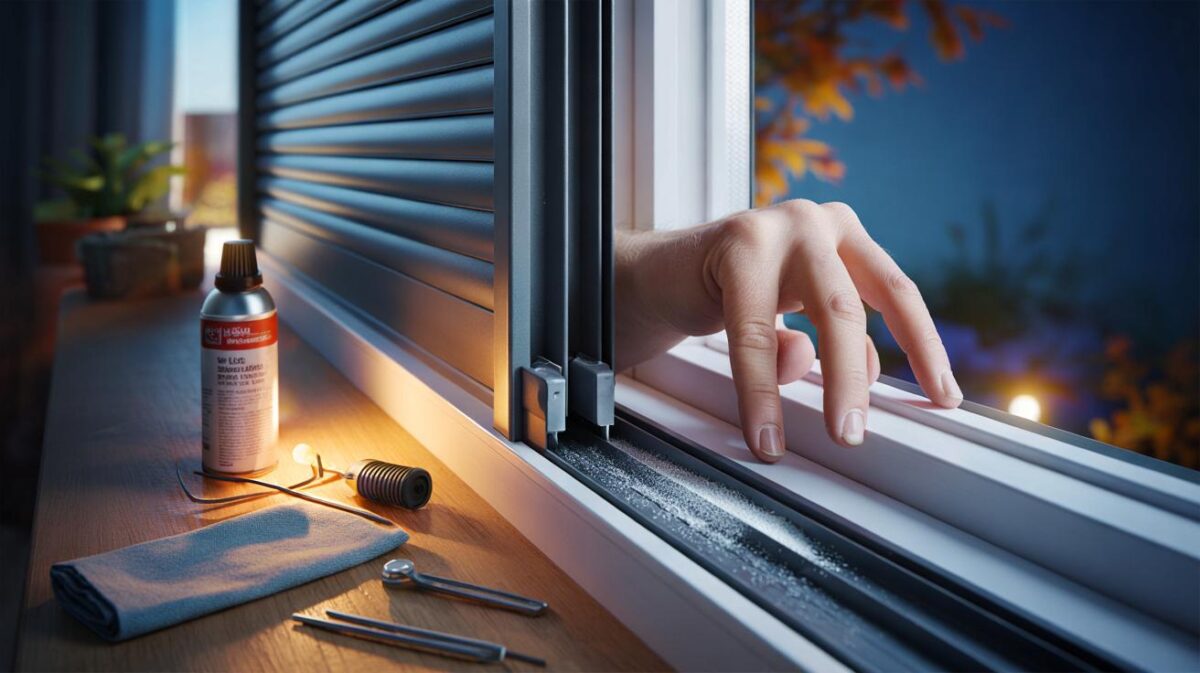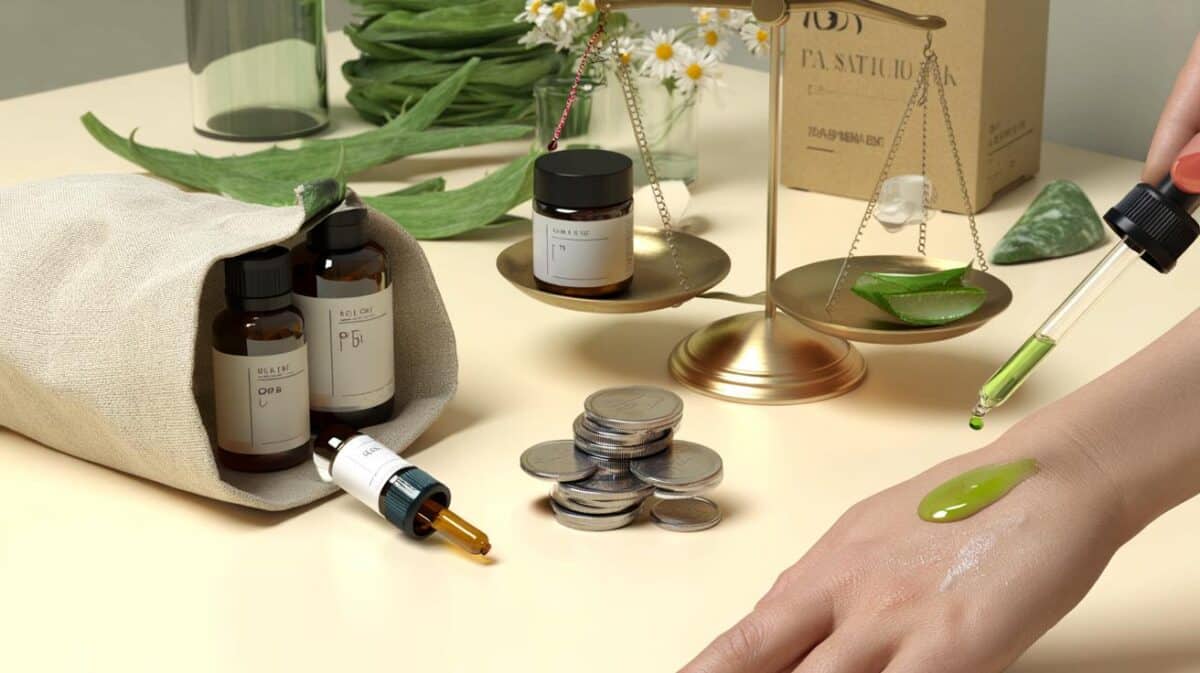October hands you warm soil, regular rain and short days that suit roots, not weeds. Plant once now, and let frost, dew and time do the heavy lifting while seed heads ripen into winter rations for finches, tits and robins.
October is the smart window for a living larder
Soil still holds summer heat in october. Roots push down fast, then rest as growth slows. Showers arrive often, yet rarely scorch new plants. That combination cuts watering to a single settling soak. It also gives sturdy crowns before the first hard frost.
Think in numbers. A modest 6 m² border usually needs around 30 mm of water a week in a dry summer. That is 180 litres. Plant in october and you shift most watering to the sky. You also avoid heat-stressed transplants and the weekly trudge with a heavy can.
Plant in october, water once, feed birds for years. One change, three wins: time, money and wildlife.
There is a second gain. Perennials planted now throw up flowers next season, then hold seed well into winter. Leave those heads standing and you replace plastic feeders with natural granaries that do not clog, mould or fall foul of pests.
The seed-rich stars most gardeners overlook
Many beds hold nectar in summer but go bare by november. Choose perennials that set generous seed and stand firm in wind. You will see goldfinches tweak at spiky heads, sparrows raid fluffy tufts and dunnocks peck at fallen crumbs below.
Three reliable choices for british plots
- Scabious (Scabiosa spp.): long-flowering pincushions in purple, blue or white. After bloom, round heads pack tiny seeds loved by finches.
- Hemp-agrimony or joe pye weed (Eupatorium/Eutrochium): tall, hazy plumes that dry into soft clusters. Seed heads feed small passerines and hold shape in winter light.
- Mullein (Verbascum spp.): bold spires for dry banks and poor soil. Persistent capsules offer a steady trickle of seed through the coldest weeks.
| Plant | Best site | Seed value | Extra benefits |
|---|---|---|---|
| Scabious | Sunny, well-drained borders | Small, abundant seeds for finches and sparrows | Pollinators all summer; compact cushions suit small gardens |
| Hemp-agrimony/joe pye | Moist, light shade or sun | Fluffy heads feed tits and siskins | Soft screening; damp corners look intentional |
| Mullein | Dry slopes, gravel, poor soil | Tough capsules release seed slowly all winter | Architectural height; rosettes shelter insects |
How to plant now and lose the watering can later
Good establishment starts with the soil you have. You do not need rich compost if you match plant to place. You do need air in the ground and a mulch to lock in moisture.
Leave the stems. Every dried head is food, cover and a frost-traced sculpture.
Beyond food: cover, safety and a small wildlife network
Birds need cover as much as calories. Dense rosettes, woody stems and layered foliage break wind, slow rain and hide small bodies from cats and sparrowhawks. Clumps also catch fallen seed, so ground-feeders can eat under shelter.
These plantings invite allies. Hoverflies, lacewings and ladybirds use hollow stems to overwinter. More insects in spring means protein for nestlings. Avoid pesticides and high-nitrogen feeds. Robust, well-sited perennials outcompete most weeds and ask for little else.
Urban plots gain the most. A single border links with a neighbour’s hedge and a street tree to form a small corridor. Birds hop between them and spend longer in your garden. You get more song at dawn, and fewer aphids on roses by midsummer.
What this shift might save you
Think of a typical feeder routine. One tube empties in two or three days during cold snaps. Regular refills add up, and you still need to scrub mould and sweep shells. A perennial larder avoids that churn once seed heads set.
Here is a simple scenario for water and cost.
- Border size: 6 m² sunny strip by a fence.
- Planting mix: nine perennials (3 scabious, 3 mullein, 3 hemp-agrimony).
- Water saved: if summer needs 30 mm per week, that equals 180 litres. Planting in october moves most irrigation to rainfall.
- Running cost: natural mulch from autumn leaves and chipped prunings costs £0 if you use your own material.
- Time saved: one planting session (about 90 minutes). No weekly feeder refills or scrubs once seed heads form.
Nine plants, one afternoon, zero routine watering. The return arrives in wings, colour and quiet maintenance.
Choosing plants that work where you live
Pick locally raised stock. Regional plants handle your weather and soil swing better than imported, pampered specimens. Ask for seed-bearing, single-flowered forms. Highly doubled blooms often set little or no seed, so birds get less to eat.
Match species to the site. Mullein thrives on rubble and chalk. Scabious wants sun and drainage. Hemp-agrimony is happy by a shed where runoff keeps soil lightly moist. If you garden on clay, set plants on small mounds and add a wood chip mulch to keep surface structure open.
Tidiness traps and small risks to manage
Over-tidying is the biggest pitfall. Cutting everything to the ground in november clears the pantry just when birds need it. Delay major cutting until late february or march. Snip only stems that flop onto paths.
Mullein can seed freely in open gravel. Thin rosettes in spring to the strongest handful per square metre. Avoid invasive lookalikes sold as ornamentals. Check labels and choose species or well-behaved cultivars suited to your region.
Pet safety matters. Fennel and yarrow are widely used and generally safe in a garden context, but monitor pets that chew plants and position unfamiliar species away from frequent dog runs.
Ideas to scale up or adapt
Small balcony? Use a deep, 40 cm pot with free-draining mix. Plant scabious and dwarf yarrow, then leave flowers to seed. Place the container away from busy railings to reduce disturbance. Birds will visit for perched pecking and for spilled seed on the tray.
Larger plot? Edge a 10 m run of fence with repeating blocks: scabious at the front, mullein spikes mid-border, hemp-agrimony at the back. Add fennel at intervals for umbels that feed insects and later spill seed for buntings and finches.
Extra gains you might not expect
Seed heads slow wind at ground level. That reduces evaporation from soil and keeps mulch in place. Dense rosettes trap leaves in autumn, which compost where they fall and add free nutrients. Fewer bare patches also block weed germination, trimming weeding time next spring.
Try a quick check on your water use next summer. Note how often you would usually water a new border. Multiply the can size by trips avoided. If your can holds 10 litres and you skip 18 trips in a hot week, you keep 180 litres in the tap. Those savings add up over a season and soften bills during dry spells.








